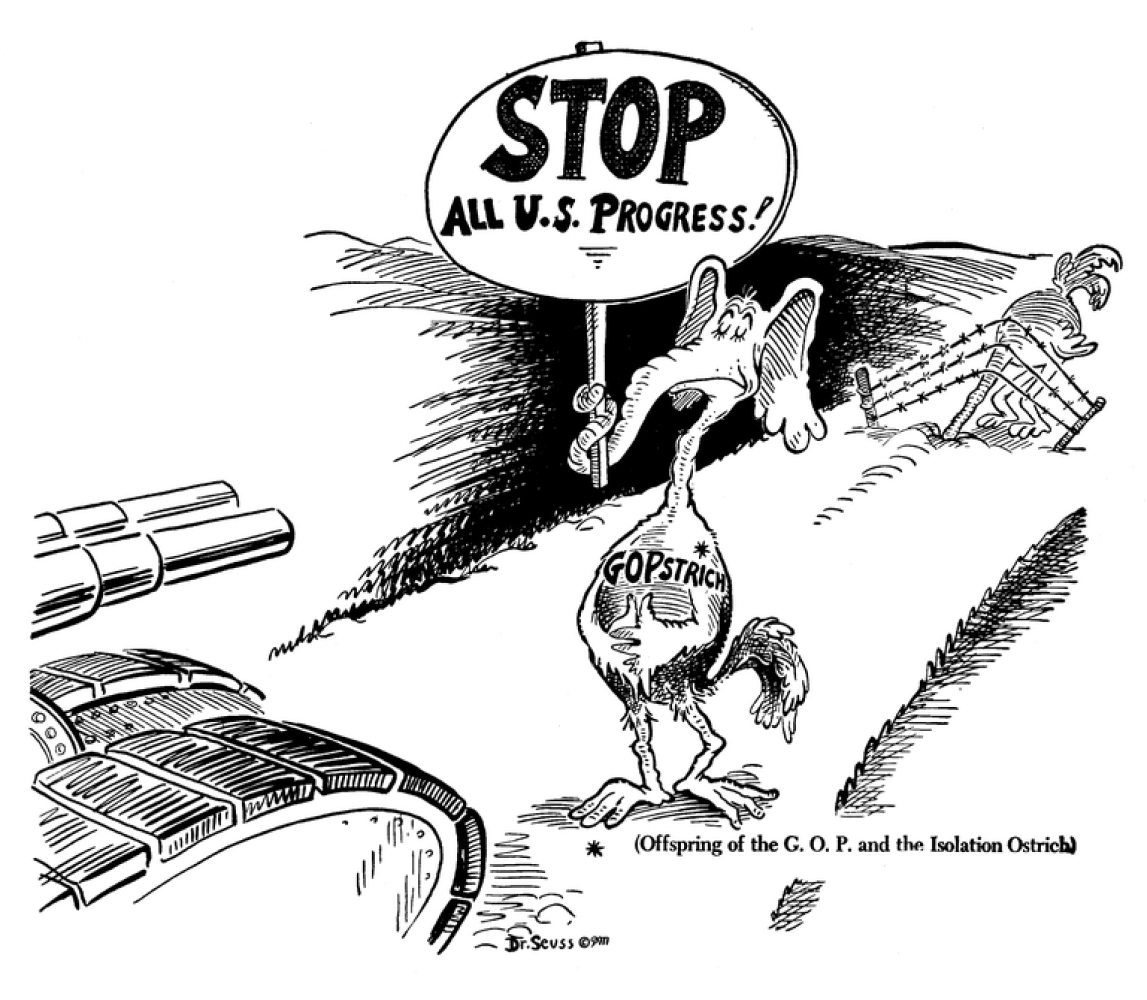Andrew Gelman has a good
SNAP discussion going over at his blog. He also raises an interesting point about the implied statistical content of the previous
posts on the subject. The following is a quick attempt (almost entirely dictated into my smartphone while walking to the bank) to make a few preliminary stabs at framing the problem:
We start with household diets. These are collections of individual diets. In some cases we can get economies of scale by combining these while in other cases it makes more sense for them to differ at certain points (for example, if one member is gluten intolerant or is on a low sodium diet). Just to standardize our terms, let's say that each days diet consist of four meals breakfast, lunch, dinner, and a snack. We measure the quality of each of these meals based on three metrics: nutrition, appeal, and how filling it is. Note, these metrics are not weighted symmetrically – a low score in any one of these areas is more bad than a high score is good. Therefore the first objective is to keep any of these metrics from falling below a satisfactory level. After that is achieved the secondary goal is to maximize these three.
Each meal consist of one or more dishes. Each dish consist of one or more ingredients. Everything interacts. One dish may go badly with another. A light dinner might be more acceptable after a heavy lunch.
These ingredients have to be purchased and prepared under various constraints. These include but are not limited to money, time and access.
The ingredients are bought at various stores. Each store is associated with certain time and transportation costs. For each ingredient, there are a wide range of factors that need to be considered before deciding a purchase. These include the quality of the dishes that can be prepared from these ingredients, the cost of the ingredients, how perishable these ingredients are, how easily they can be stored, and their versatility. To further complicate matters, these factors are sometimes dependent on what other ingredients are available, where they are being purchased and the quantities being bought. For example:
The quality, based on the previous listed metrics, of a dry breakfast cereal is dependent on the presence of milk;
The cost of a given item may be cheaper at one store but only if bought in large quantities;
If the constraint of only being able to shop at one store is added, shoppers may be forced to pay a premium price for being able to get all of the items needed for a given dish (99 cent store shoppers run into this problem frequently).
Now add to that the complexity that comes from the huge number of items that potentially may be included in our analysis and the wide range in personal situations.
Here are some examples of the latter:
An individual with a car in an urban area can probably select from a dozen or more stores and visit 2 to 4 of them in the space of an hour;
Outside of a few areas will served by public transportation, an individual in that same area without a car might only have a choice of three or four stores and might require a full 90 minutes to visit just one;
An ambulatory person in good health might be able to shop a 2 mile radius on foot;
The radius for a senior using a walker might be three blocks;
A working parent might find him or herself so time constrained that any shopping trip that takes more than an hour represents a severe sacrifice.
Finally add to that the need to put every meal on the table every day despite the fact that food consumption can be difficult to predict.
Just to be clear, we are talking about big effects here with substantial policy implications. Inappropriate or overly simplistic analyses can easily lead to disastrously wrong conclusions, but I'm not really the person to say what the appropriate approaches are. Maybe there's an epidemiologist in the audience with a suggestion or two...










